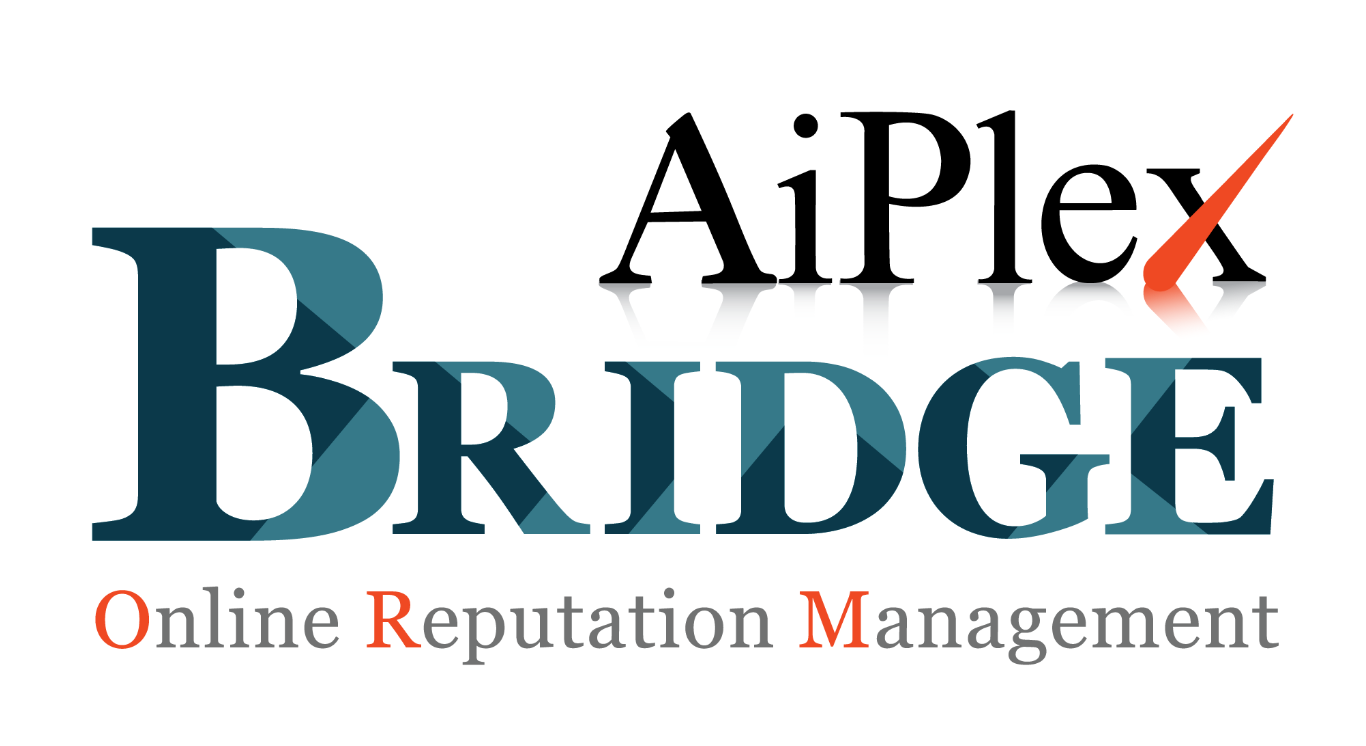
5 Crucial Reasons Why Social Listening Is Important
by AX Admin | Jan 9, 2024 | Online Reputation Management
In the current age of technology, firms get overwhelmed with consumer feedback on a regular basis. The feedback may be neutral, favourable, or unfavourable but all of it has the potential to significantly impact the brand’s reputation and financial performance.
Problems swiftly go out of hand when frustrated consumers use social media to express their dissatisfaction with the company’s products or services, damaging the brand’s reputation and maybe turning off potential customers. For businesses trying to manage the challenges of online communication and build a strong brand presence, they should learn Why Social Listening Is Important and this article is a great resource.
The Unpredicted Effects of Ignoring Social Listening
Brands are effectively flying blind when it comes to social listening. They don’t have the knowledge or perceptions to know how their clients view their company, goods, and services.
This may result in several unfavourable outcomes, such as:
Damaged Brand Reputation: Unfavourable customer reviews can spread like wildfire online, tarnishing a brand’s image and eroding trust. This can lead to a decline in sales, loss of customers, and difficulty attracting new business.
Financial losses: The impact of negative customer feedback can be substantial financially. A study by the American Customer Satisfaction Index found that a one-star drop in customer satisfaction can result in a 16% decrease in sales.
Decreased customer loyalty: When customers feel their concerns are ignored or unaddressed, their loyalty wanes. This can lead to lost customers and a decline in repeat business.
Turning Crisis into Opportunity
Businesses might prevent the customer’s complaint from happening in the first place by keeping an eye on social media conversations. This will stop things from getting worse and turning into a PR disaster.
It also assists organisations in identifying new trends, creating new products and services, and enhancing customer service in addition to averting PR catastrophes.
5 Crucial Reasons Why Social Listening Is Important For Businesses:
- Learn about the sentiment of your customers: Brands do learn what consumers are saying about their goods, services, and overall brand experience by engaging in social listening. They can use this to pinpoint problem areas and implement adjustments that will raise client satisfaction.
- Recognize and address customer concerns: Social listening assists brands in recognizing consumer concerns early on, before they become more serious issues. This can assist brands in promptly and efficiently resolving consumer complaints, which can enhance consumer loyalty and satisfaction.
- Monitor brand reputation: Social listening assists brands in monitoring the internet perception of their brand. They can use this to recognize any unfavourable patterns and take appropriate action.
- Anticipate and mitigate PR crises: PR disasters are lessened by brands by using social listening to recognize possible issues before they arise. This will assist them in taking action to lessen the harm to their reputation.
- Create new goods and services: Brands can find chances for new goods and services by using social listening. Brands can discover unmet needs and create goods and services to address them by paying attention to what consumers have to say.
How Aiplex Bridge Can Help
Aiplex Bridge is a social listening platform that can help brands to harness the power of social media. The platform provides a variety of features that can help brands to track brand sentiment, identify customer issues, and track PR trends.
In addition to these features, Aiplex Bridge can also help brands to develop custom dashboards and reports. Social listening is an essential tool for brands in today’s competitive marketplace. Brands can gain insights into customer sentiment, identify and resolve customer issues, track brand reputation, anticipate and mitigate PR crises, and develop new products and services. Aiplex Bridge is a powerful online reputation management platform that can help brands to achieve these goals.




